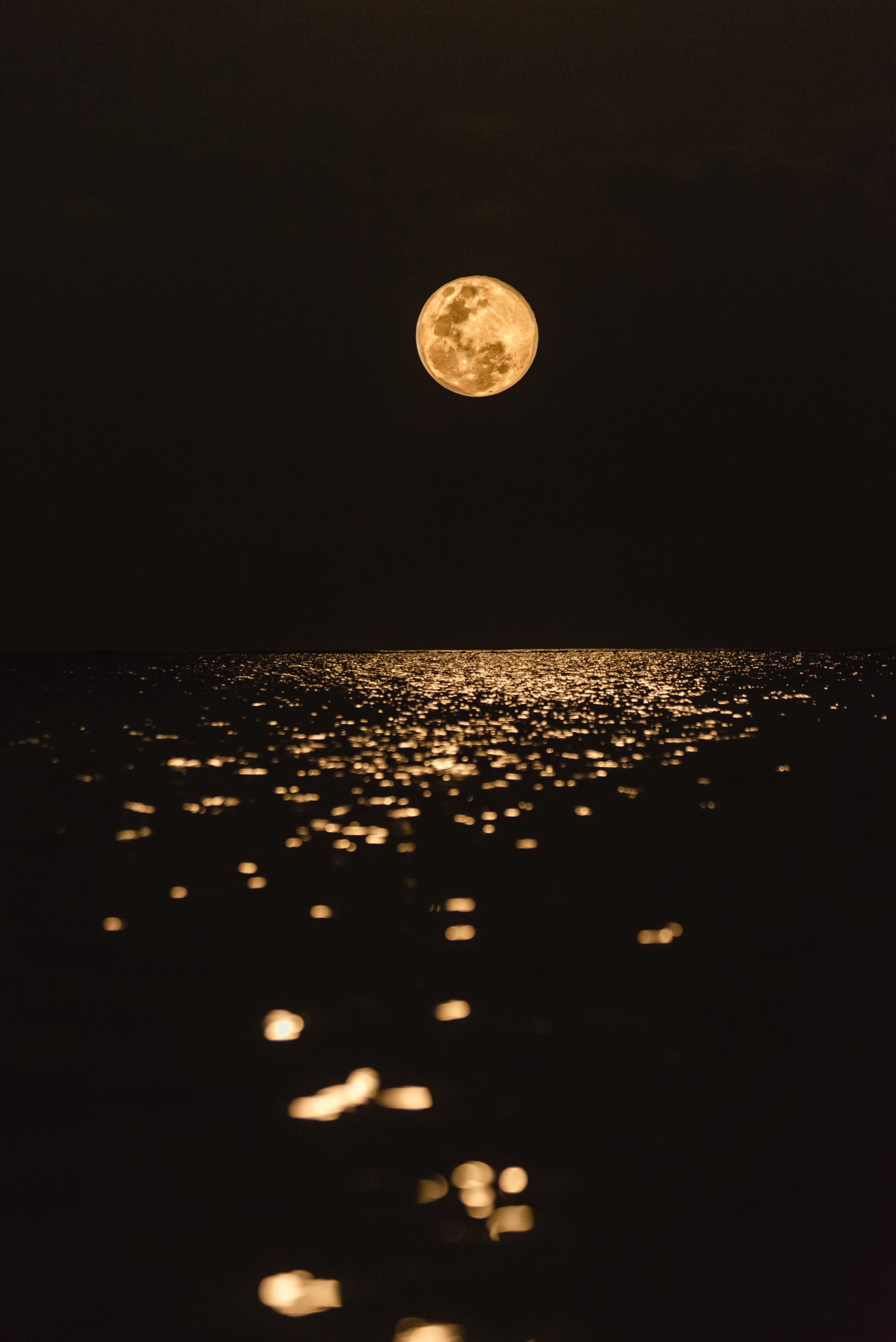The Waning Gibbous Moon: A Fascinating Phase of the Lunar Cycle
The moon, our closest celestial neighbor, has fascinated humans for centuries. Its different phases have captivated astronomers, artists, and poets alike. One of the most intriguing stages is the waning gibbous moon, when the moon appears more than half illuminated but is gradually transitioning towards a crescent shape. In this blog post, we will delve into the mysteries and beauty of the waning gibbous moon.
Understanding Phases of the Moon
Before we explore the specifics of the waning gibbous moon, let’s quickly recap the lunar cycle. The moon’s appearance changes over the course of a month due to its positioning in relation to the Earth and the Sun. We experience various phases, including new moon, waxing crescent, first quarter, waxing gibbous, full moon, waning gibbous, third quarter, and waning crescent. These phases occur as sunlight illuminates different portions of the moon, resulting in the appearance of different shapes and sizes from our viewpoint on Earth.
The Beauty of the Waning Gibbous Moon
The waning gibbous moon offers a mesmerizing sight in the night sky. During this phase, the moon is more than half-lit but not quite a full circle. It appears as a large, radiant orb, casting a gentle glow that lights up the surrounding darkness. The contrast between the illuminated portion and the gradually fading shadow creates a breathtaking display.
One of the most striking features of the waning gibbous moon is its visibility during the morning hours. Unlike the full moon, which dominates the night sky, the waning gibbous moon rises after midnight and is usually seen in the early morning. Its brightness and size make it hard to miss, even amidst the twinkling stars.
The Science Behind the Waning Gibbous Moon
The waning gibbous moon occurs as the moon moves from the full moon phase towards the third quarter phase. As the moon orbits around the Earth, the relative positions of the sun, moon, and Earth continuously change. During the waning gibbous phase, the moon is moving further away from its full illumination and towards a crescent shape. This occurs because the angle between the Earth, moon, and sun is changing, resulting in different amounts of sunlight reaching the moon’s surface.
The name “gibbous” itself refers to the convex shape of the moon during this phase. The term “waning” indicates that the illuminated portion of the moon is decreasing in size. When viewed from Earth, the waning gibbous moon may appear almost circular, though slightly lopsided.
The waning gibbous moon is an essential part of the lunar cycle, foretelling the upcoming third quarter and ultimately leading to the waning crescent phase. Each lunar phase serves as a marker of time as the moon transitions between new moons.
Cultural Significance of the Waning Gibbous Moon
Throughout history, the moon has held great significance in various cultures and mythologies. The waning gibbous moon, with its unique appearance, also carries symbolic meanings in different societies.
In some ancient traditions, the waning gibbous moon represented a time of reflection and introspection. It was believed to be a period when the energy and power associated with the full moon were slowly diminishing, allowing individuals to turn inward and evaluate their actions and intentions.
Additionally, the waning gibbous moon played a role in agricultural practices. Farmers used lunar phases as a guide for planting and harvesting crops. The waning gibbous moon indicated the timing for certain activities, such as pruning, weeding, or preparing the soil for the next planting season.
Notable Events During the Waning Gibbous Moon
While the waning gibbous moon may not attract the same attention as the full moon or other notable lunar events, it still offers exciting astronomical opportunities. Here are a few noteworthy occurrences during the waning gibbous moon:
| Event | Description |
|---|---|
| Lunar Eclipse | Occasionally, a lunar eclipse takes place during the waning gibbous phase, creating a striking visual as the Earth casts its shadow onto the moon. |
| Planet Alignments | At times, several planets align with the waning gibbous moon, providing a remarkable celestial spectacle for stargazers. |
| Meteor Showers | During certain periods, meteor showers coincide with the waning gibbous moon, allowing observers to witness shooting stars against the moonlit sky. |
Capturing the Waning Gibbous Moon’s Beauty
The waning gibbous moon offers excellent opportunities for photography enthusiasts. Capturing the moon’s ethereal glow and intricate details can result in stunning images. Here are a few tips to help you photograph the waning gibbous moon:
- Use a tripod: To prevent image blurring, stabilize your camera on a tripod or any solid surface. This ensures a sharp and focused image.
- Opt for a telephoto lens: A telephoto lens allows you to zoom in and capture the moon’s features in greater detail.
- Experiment with exposure settings: Adjusting your camera’s exposure settings can help bring out the intricate shadows and highlights of the moon’s surface.
- Try silhouette shots: Incorporate foreground elements, such as trees or buildings, to create a striking silhouette against the luminous moon.
Conclusion
The waning gibbous moon represents a remarkable phase in the lunar cycle – a transition between the full moon and the third quarter. Its beauty and significance have captivated humans throughout history. Whether you observe it for its scientific wonders or appreciate its cultural symbolism, the waning gibbous moon continues to inspire awe and curiosity. So, the next time you gaze at the night sky and catch a glimpse of the waning gibbous moon, take a moment to appreciate its unique allure and the wonders of our celestial companion.
Table of Contents
